1 – 18 September
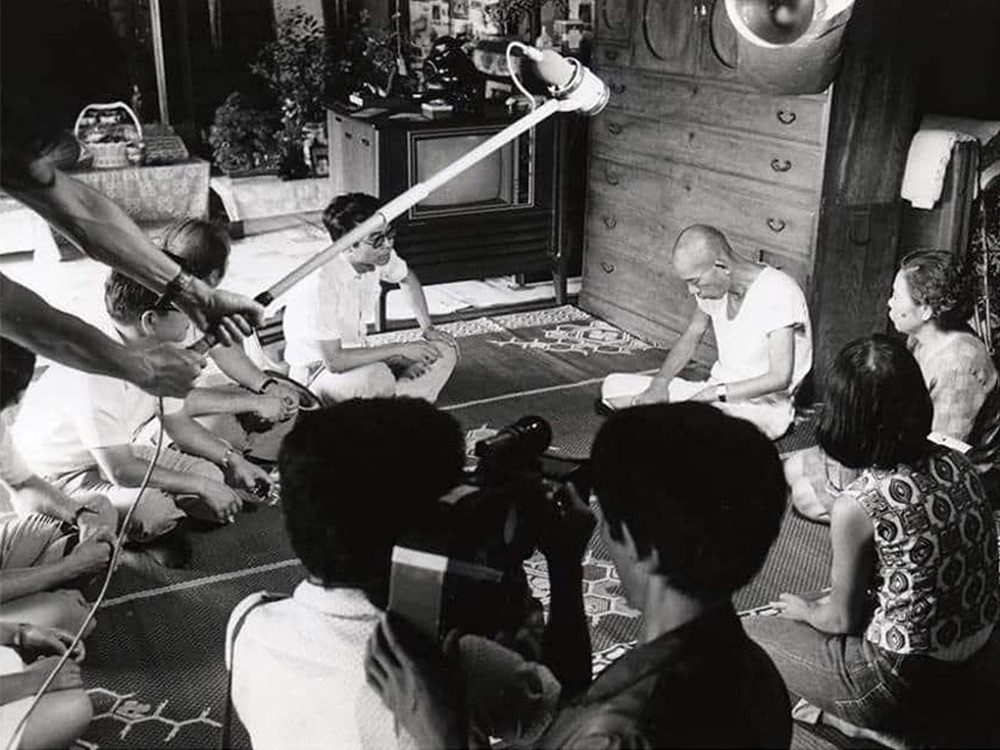
An Engineer’s Assistant ある機関助士, dir. Tsuchimoto Noriaki, Japan 1963, 37 min., 35mm, Japanese with English subtitles
The work of Tsuchimoto Noriaki (1928 – 2008) holds a central place in the history of documentary filmmaking in postwar Japan. Mainly known for his 1970s film series about the struggles over the Minamata mercury poisoning incident and his staunch support for the victims affected by it, Tsuchimoto’s vast and original body of work is remarkable for its political commitment and ethical stance. This programme includes a series of films never shown in the UK, including a few of his early PR films from the 1960s, which critically chronicle a modernising Japan and changing Asia.
Tsuchimoto committed much of his career to making a series of seventeen films and videos dedicated to the victims of the Minamata environmental disaster. The films are extraordinary portraits of these people and their world. For years, Tsuchimoto advocated for the patients’ rights, directing films and promoting them all over Japan and abroad. The programme includes the main trilogy of Minamata films, made between 1971 and 1975, as well as other less known films on the subject. It also includes an example of the work he made in the 1980s, with a film about the threat brought to small communities by the forces of ‘progress’ and the uses of nuclear power. He continued to make films about environmental issues and also filmed in Afghanistan in a moment of political and social change. Tsuchimoto developed a very personal and independent method of working based on a continued engagement with the social issues of his time, making films based on mutual trust and empathy with the communities he filmed.
This programme is organised with Ricardo Matos, with thanks to Marcos Pablo Centeno, Max Carpenter, Haruka Hama, Hirasawa Go, Keiko Homewood, Ishizaka Kenji, Andrea Lissoni, Nico Marzano, Matsumoto Masamichi, Sato Tokue, Jelena Stojković, Adam Sutherland, Takasaki Ikuko, Tsuchimoto Motoko, Yamagami Sakiko, Yamagami Tetsujiro.
Presented in partnership with Athénée Français Cultural Centre Tokyo, Birkbeck Institute for the Moving Image, Courtisane Festival, ICA London, The Japan Foundation London, Kanatasha, Kiroku Eiga Hozon Center, Museum of the Moving Image in New York, National Film Archive of Japan, SIGLO, Toho Stella. With the support of the Daiwa Anglo-Japanese Foundation and special thanks to Tsuchimoto Motoko.
Organised by Open City Documentary Festival in partnership with the ICA, this nine-screening programme will take place throughout September with a series of central screenings coinciding with the festival dates.
The rest of the Open City Documentary Festival programme takes place 7 – 13 September. See the programme
Programme:

Thursday 1 September, 6:45pm
In these two early works, Tsuchimoto works around the conventions of corporate filmmaking by bringing his own voice, innovation and politics in his practice.
Thursday 8 September, 8:30pm
Tsuchimoto Noriaki’s important film brought Minamata disease to the world’s attention and created a global environmental movement of solidarity.
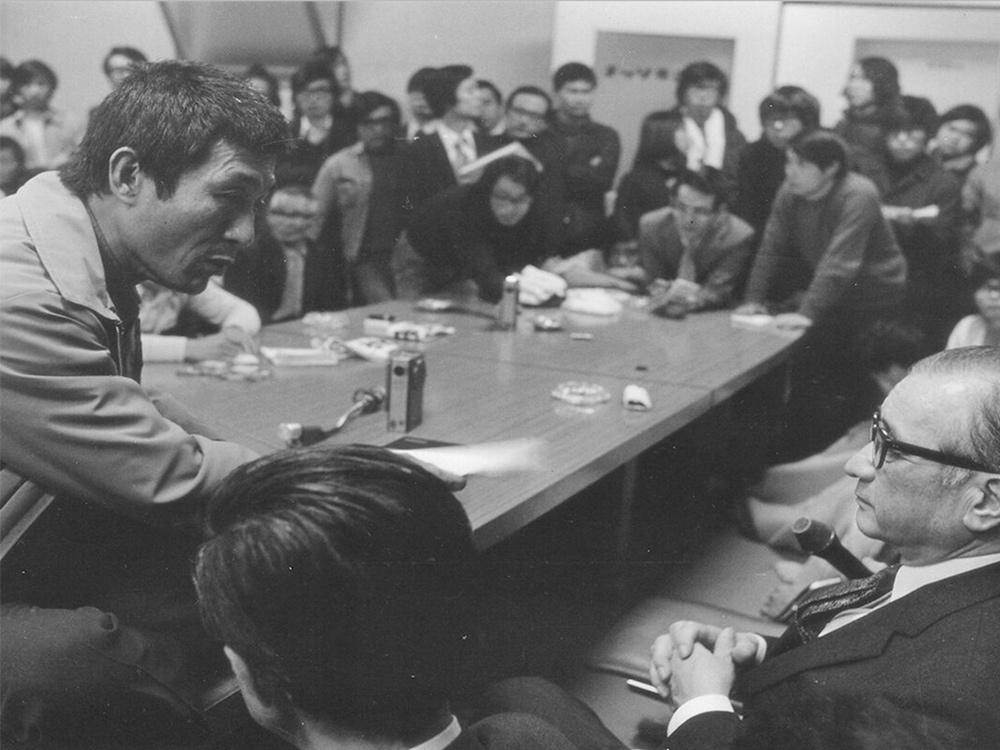
Saturday 10 September, 5:45pm
Tsuchimoto Noriaki’s 1973 work remains as one of the most relentless films ever made about a community’s outrage in the face of injustice and corporate neglect.
Tuesday 13 September, 6:30pm
The culmination of several years of working with Minamata disease patients and a lyrical tribute to the people’s resilience.
Saturday 17 September, 4:20pm
Beautifully shot in colour, Tsuchimoto’s 1967 travelogue portrays the experiences of young people in Siberia.
Sunday 18 September, 4pm
After documenting the struggles of the victims of mercury poisoning in Minamata, Tsuchimoto continued to make films about the life of these fishing communities.
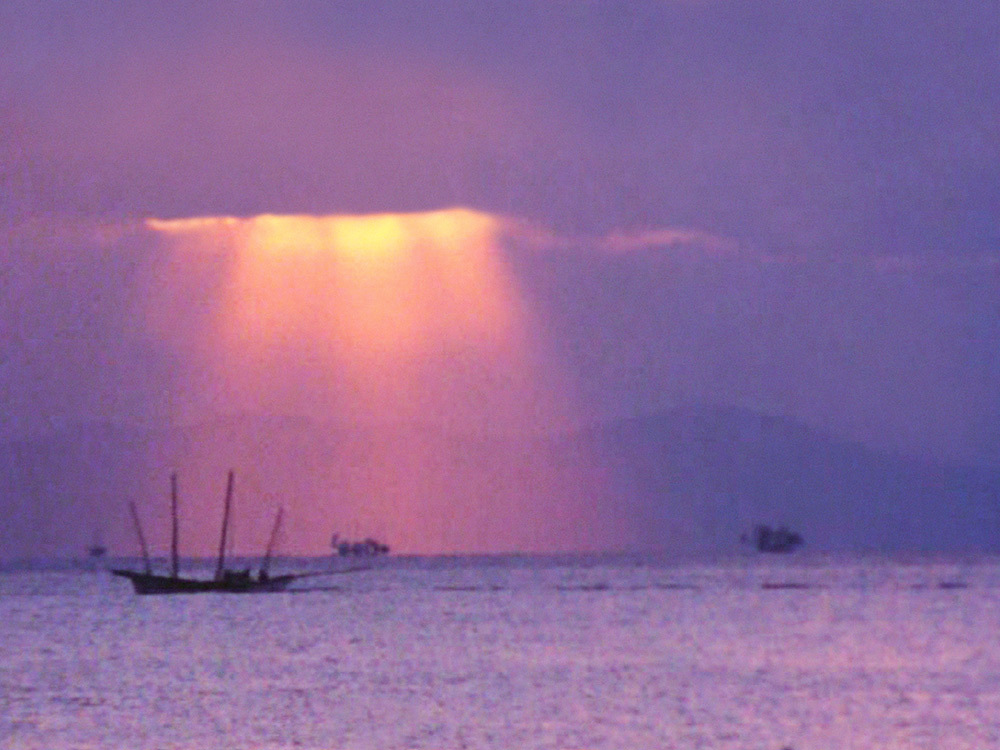
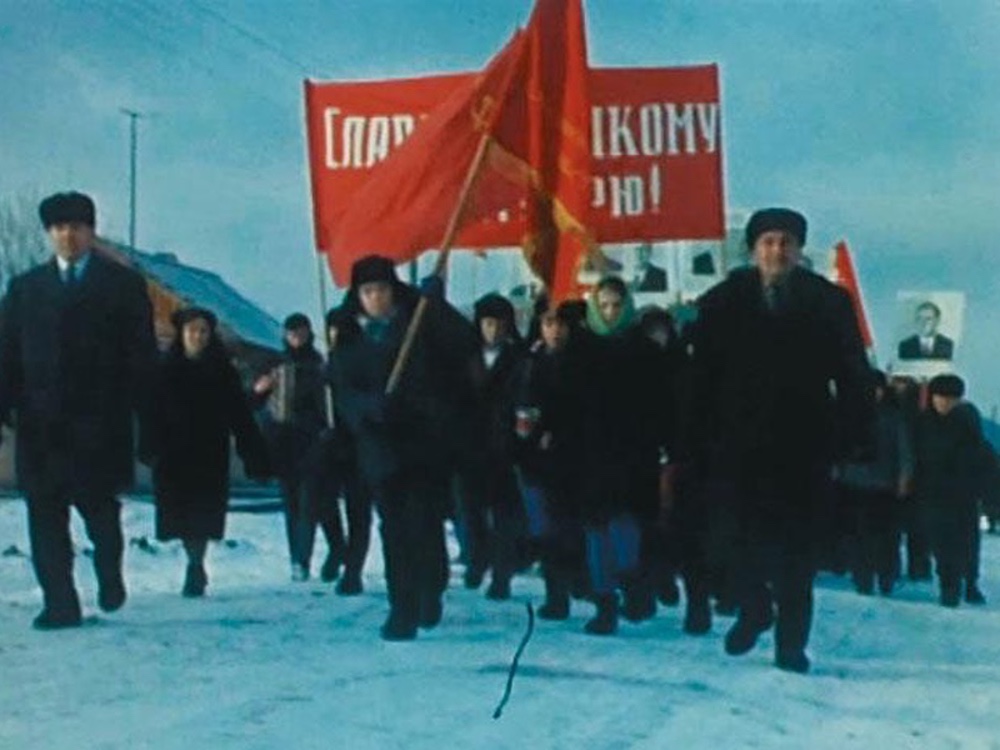
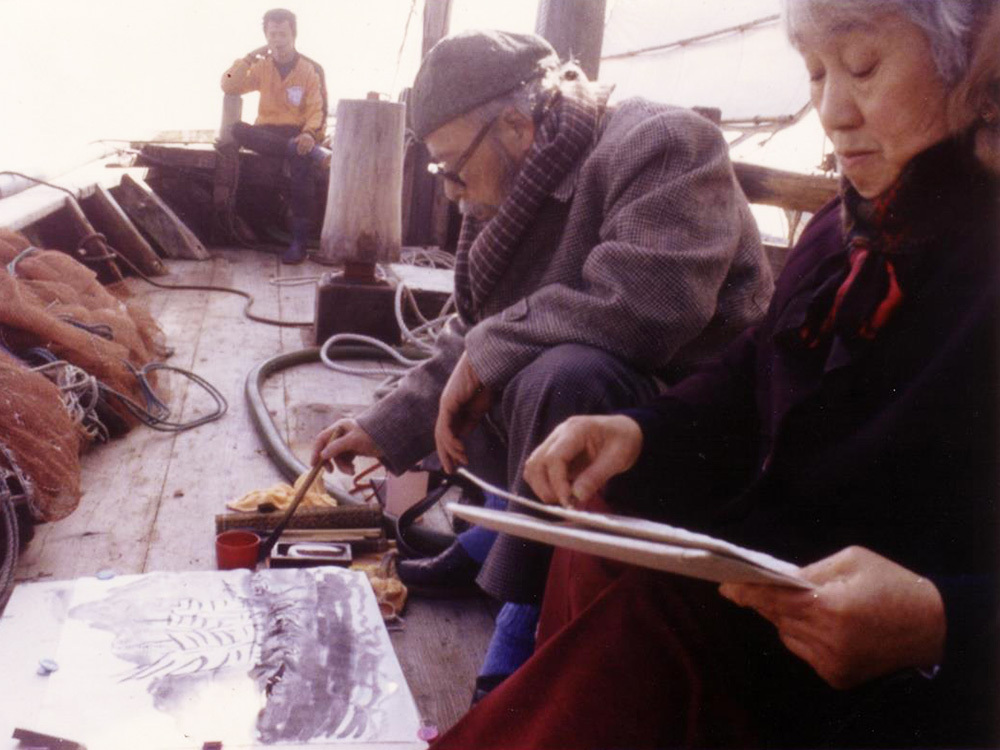










no. 236848.